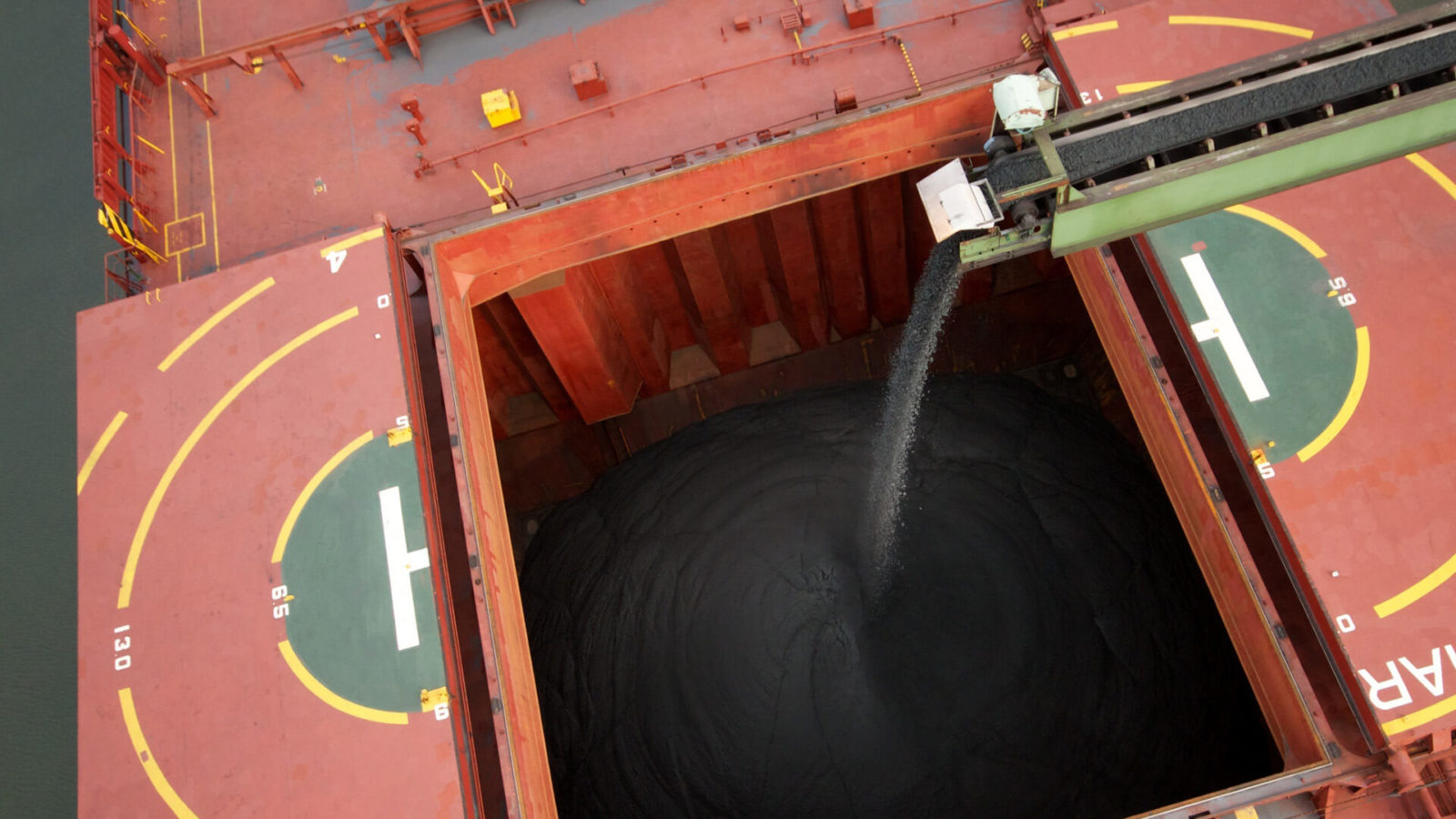The Norwegian iron ore producer Rana Gruber posted its third quarter results with revenues of NOK 263.0 million (NOK 317 million in Q3-20). Iron ore prices have reverted from the extraordinary price levels above USD 200/mt before the summer to around USD 120/mt at the end of the quarter.
“During a quarter of increased market volatility, we have benefited from operational improvements, a sound capital structure and financial flexibility. With more than five decades of continued operations we have a long track-record in handling swift changes,” says CEO Gunnar Moe.
The company targets to distribute 50-70 per cent of net income as dividend to its investors on a quarterly basis. For the first nine months of the year Rana Gruber has distributed NOK 7.81/share in dividends.
Continued operational improvement
407.5’ metric tons of iron ore concentrates were produced in the third quarter of 2021, up two per cent from the same period of 2020.
“We continued the positive production trend also after the summer, enabled by operational planning. Operational improvement is always a key priority at Rana Gruber, proving its importance during periods of shifting market conditions,” says Moe.
Production of ore was slightly down in Q3-21. Underground production was lower than the comparable period previous year, following a shift from one mining level to another, also lifting the cash cost for the quarter. The reduced underground production was offset by increased activity in the open pit.
Operational cash flow secured
Net profit came in at NOK 56.2 million (NOK 59.7 million), including net gains from hedges of NOK 58 million. At the date of reporting, 34 per cent of the hematite production for 2021 and 2022 have been secured in total at an average of USD 137/mt.
“Close monitoring of the market, followed by hedging instruments, have resulted in significantly better results compared to a pure spot exposure,” Moe says.
Following quarter-end, agreements have been made to sell a total of 60 000 mt in November and December at an average price of USD 120/mt and 210 000 mt in Q1-22 and Q2-22 at an average price of USD 104.6/mt.
Changed freight market exposure
Quality and freight costs are key elements in the global competition between iron ore producers. Settlements between iron ore producers and steel mills are based on freight spot market prices. Hence, Rana Gruber has transferred from fixed freight price system to a spot price exposure.
“The transition to spot prices is expected to improve competitiveness and revenues over time when shipping markets normalize. A part of our extended partnership with Cargill was updating the freight cost exposure, to converge to industry standards,” Moe says.
Cash costs have increased due to higher energy prices, increased activity, and the transition towards a new mining level.
“The market fundamentals remain strong due to increased governmental spending globally after the pandemic. With the current macro volatility, Rana Gruber will continue our internal improvements, including investments in increased iron ore content, further optimalization of production planning and execution as well as securing future volumes,” Moe concludes.
